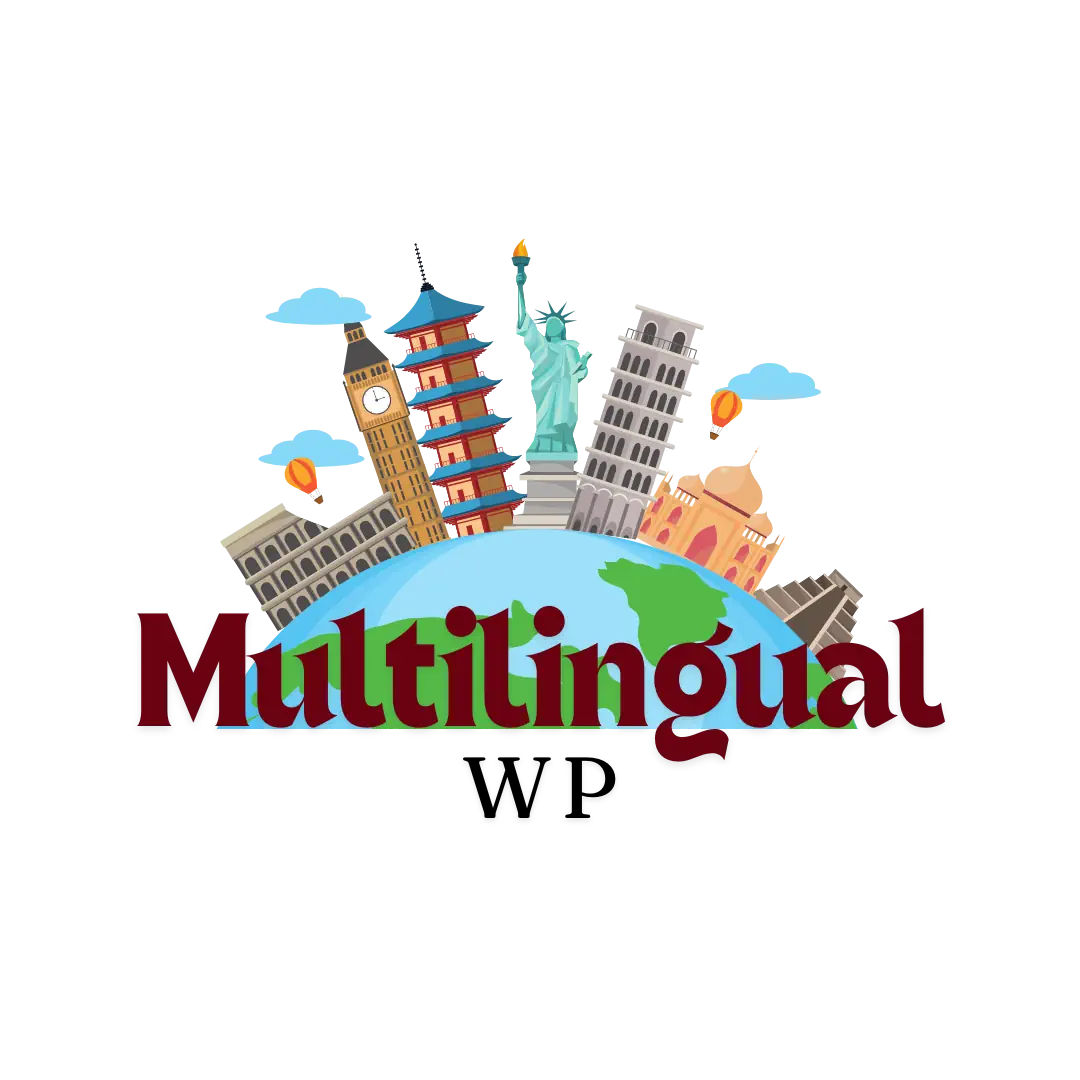Creating a multilingual website is essential for reaching a global audience. WPML (WordPress Multilingual Plugin) is one of the best solutions to achieve this. By offering a user-friendly interface, WPML makes translating your content into multiple languages easy and efficient. Here’s a detailed guide on how to set up WPML for a seamless multilingual WordPress site.
What is WPML?
WPML is a powerful plugin designed to convert your WordPress site into a multilingual platform. It allows you to translate posts, pages, taxonomies, menus, and even theme elements. It’s perfect for bloggers, e-commerce store owners, and businesses looking to expand their reach by offering content in multiple languages.
Key Features of WPML:
- Simple translation management for pages, posts, and products.
- Support for 40+ languages or custom languages.
- SEO-friendly with multilingual sitemaps and URL structures.
- Works with any WordPress theme or plugin.
Start building a global site with WPML today. Get WPML now.
Prerequisites Before Installing WPML
Before diving into the setup process, ensure you have these essentials:
- A WordPress site: WPML is compatible with any WordPress theme and setup.
- A WPML license: Purchase a license for WPML. The plugin comes in different packages, including the ‘Multilingual Blog,’ ‘Multilingual CMS,’ and ‘Multilingual Agency’ plans. Choose the plan that fits your needs.
- Access to your WordPress dashboard: You will need admin access to install and configure the plugin.
Step-by-Step Guide to Setting Up WPML
1. Install WPML Plugin
To begin, you must first install the WPML plugin on your WordPress site.
- Log in to your WordPress admin dashboard.
- Navigate to Plugins > Add New.
- In the search bar, type “WPML”.
- Once you locate it, click Install Now, and then Activate.
You will also need to install the related WPML components: WPML Translation Management and WPML String Translation.
2. Configure WPML Language Settings
Once installed, WPML will guide you through an initial setup wizard to configure the languages.
- Go to WPML > Languages.
- Select the default language of your website.
- Choose the additional languages you want to add. WPML supports over 40 languages, and you can even create custom ones if needed.
3. Add Language Switchers
Language switchers allow your users to toggle between languages. WPML provides flexible options for placing switchers on your site.
- Go to WPML > Languages.
- Under Language Switcher Options, choose where you want the switcher to appear (in the menu, as a widget, or in the footer).
- You can also customize the appearance, adding flags or language names as desired.
Tip: Menu-based switchers are highly recommended as they fit naturally into your website’s navigation.
4. Translate Content Using WPML
WPML allows you to manually translate your content or use third-party translation services. Here’s how you can translate content:
- Go to Pages or Posts in your WordPress dashboard.
- You’ll see a + icon next to each language you’ve enabled. Click the plus sign to add translations for that specific language.
- You can either manually translate the content or use WPML’s Advanced Translation Editor, which also provides machine translations to speed up the process.
Pro Tip: For WooCommerce stores, you can translate product pages, categories, and attributes seamlessly with the WooCommerce Multilingual plugin, which is part of WPML’s ecosystem.
5. Translate Menus
Translating menus is crucial to providing a cohesive user experience across different languages.
- Go to Appearance > Menus.
- You’ll see an option to sync menus across languages.
- Create a translated version of your menu and sync it with the default menu.
This ensures that your menus are aligned with the language being viewed, giving users a smooth navigation experience.
SEO for Multilingual Websites with WPML
Proper SEO is vital to ensuring your multilingual site ranks well on search engines. WPML integrates seamlessly with SEO plugins like Yoast SEO, allowing you to optimize each language version of your site.
Key SEO Tips for WPML:
- Unique URLs: WPML allows for language-specific URLs (e.g., www.yoursite.com/es/ for Spanish). This helps search engines index each language separately.
- Hreflang tags: WPML automatically adds hreflang tags to specify language and regional targeting.
- Sitemaps: If using Yoast SEO, WPML generates multilingual sitemaps to help Google understand your site structure.
Boost your site’s SEO with WPML’s built-in features. Get WPML now.
Managing Translations with WPML
6. Use WPML’s Translation Management System
If you’re working with a team or external translators, WPML’s Translation Management feature is indispensable. It allows you to manage translation tasks efficiently.
- Go to WPML > Translation Management.
- From here, you can assign translation tasks to different users or connect to professional translation services.
- WPML supports integration with various translation services, providing access to a pool of professional translators.
7. Translate Themes and Plugins
WPML supports translating theme and plugin strings using the String Translation module.
- Go to WPML > String Translation.
- Here, you can translate any theme or plugin strings that don’t automatically appear in the content translation options.
For example, you can translate custom widget text, theme options, and plugin notifications to ensure every part of your website is fully localized.
8. Test Your Multilingual Setup
Before launching your multilingual site, thoroughly test each language version.
- Check each page and post: Ensure all content, menus, and widgets are displaying correctly in all languages.
- Test the language switcher: Make sure it works smoothly on mobile and desktop devices.
- Test SEO settings: Verify that your sitemaps, hreflang tags, and URLs are configured correctly for each language.
Conclusion
Setting up a multilingual WordPress site with WPML is a straightforward process that offers flexibility and control over translations. Whether you’re a blogger, business owner, or e-commerce operator, WPML makes it simple to expand your audience and improve user experience across languages.
Start your multilingual journey today with WPML. Get WPML here and create a seamless multilingual website that helps you connect with audiences worldwide.
